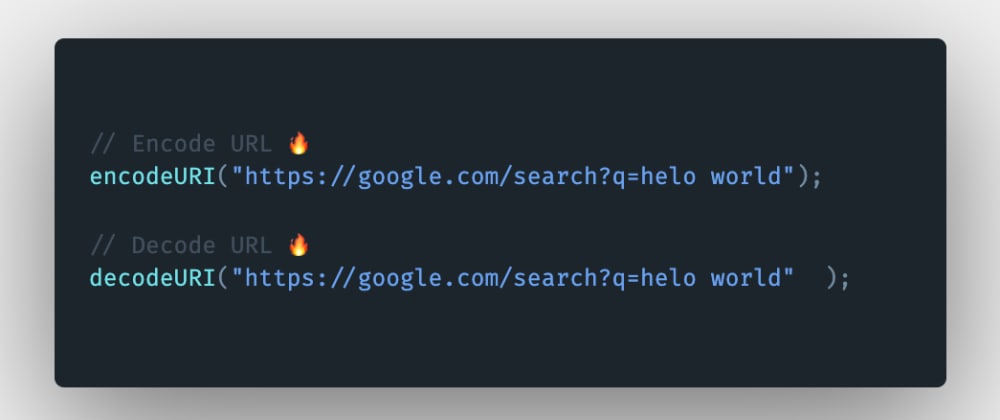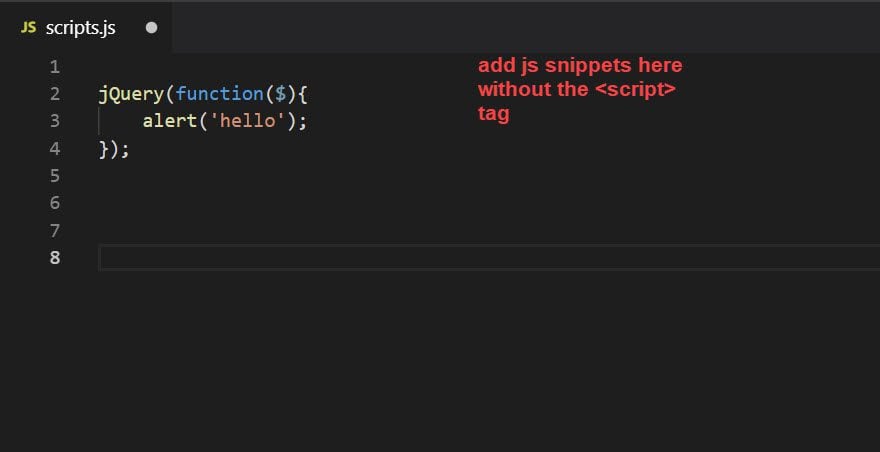
In UTF-8, the number of leading 1 bits in the first byte, which may be 0 (for 1-byte ASCII characters), 2, 3, or 4, indicates the number of bytes in the character.

Javascript decode code#
The decodeURI () function decodes the URI by treating each escape sequence in the form XX as one UTF-8 code unit (one byte).

Read the following information for availableĬustomization options. decodeURI () is a function property of the global object. Every ASCII character fits into the first byte of one of these units, but many other characters don't. Naturally, there are also two methods to decode URIs that have already been encoded, called decodeURI() and decodeURIComponent(). In JavaScript strings are represented using the UTF-16 character encoding: in this encoding, strings are represented as a sequence of 16-bit (2 byte) units. javascript - What WebUsing the DOM to decode HTML entities (as suggested in the currently accepted answer) leads to differences in cross-browser results on. Specifically, it replaces any escape sequence of the form XX or uXXXX (where X represents one hexadecimal digit) with the character that has the hexadecimal value XX/XXXX. The btoa() function takes a JavaScript string as a parameter. The unescape() function replaces any escape sequence with the character that it represents. This is really the ideal solution for the future.Objective: If the default login flow doesn't meet your requirements, you canĬustomize it in several ways. unescape() is a function property of the global object. If you control what browser is being used or you are not worried people with an older browser, you can always use the JSON.parse method. In the following html code, we use the functions we have defined to convert a user input in a textarea, and encode it to prevent XSS.

The innerHTML value of the element is set on the htmlDecode function the innerText is retrieved. Here is an example of using the eval function: var strJSON = ')()") On the htmlEncode function the innerText of the element is set, and the encoded innerHTML is retrieved. implement a function decodeMorse(morseCode), that would take the morse code as input and return a decoded human-readable string. Note: This feature is available in Web Workers. A decoder takes a stream of bytes as input and emits a stream of code points. This is not recommended if you are getting the JSON object from another source that isn't absolutely trusted because the eval function allows for renegade code if you will. The TextDecoder interface represents a decoder for a specific text encoding, such as UTF-8, ISO-8859-2, KOI8-R, GBK, etc. On the other hand, if you don't want to use a library and you can vouch for the validity of the JSON object, I would simply wrap the string in an anonymous function and use the eval function. In JavaScript, it is possible to use Base64 to encode and decode strings. Unless you need to support IE 7 or Firefox 3.0, the correct way to parse JSON is JSON.parse().įirst of all, you have to make sure that the JSON code is valid.Īfter that, I would recommend using a JavaScript library such as jQuery or Prototype if you can because these things are handled well in those libraries.

From a modern perspective, parsing JSON by involving jQuery or calling eval() is nonsense. The advice given here is no longer applicable and probably dangerous. This answer stems from an ancient era of JavaScript programming during which there was no builtin way to parse JSON.


 0 kommentar(er)
0 kommentar(er)
